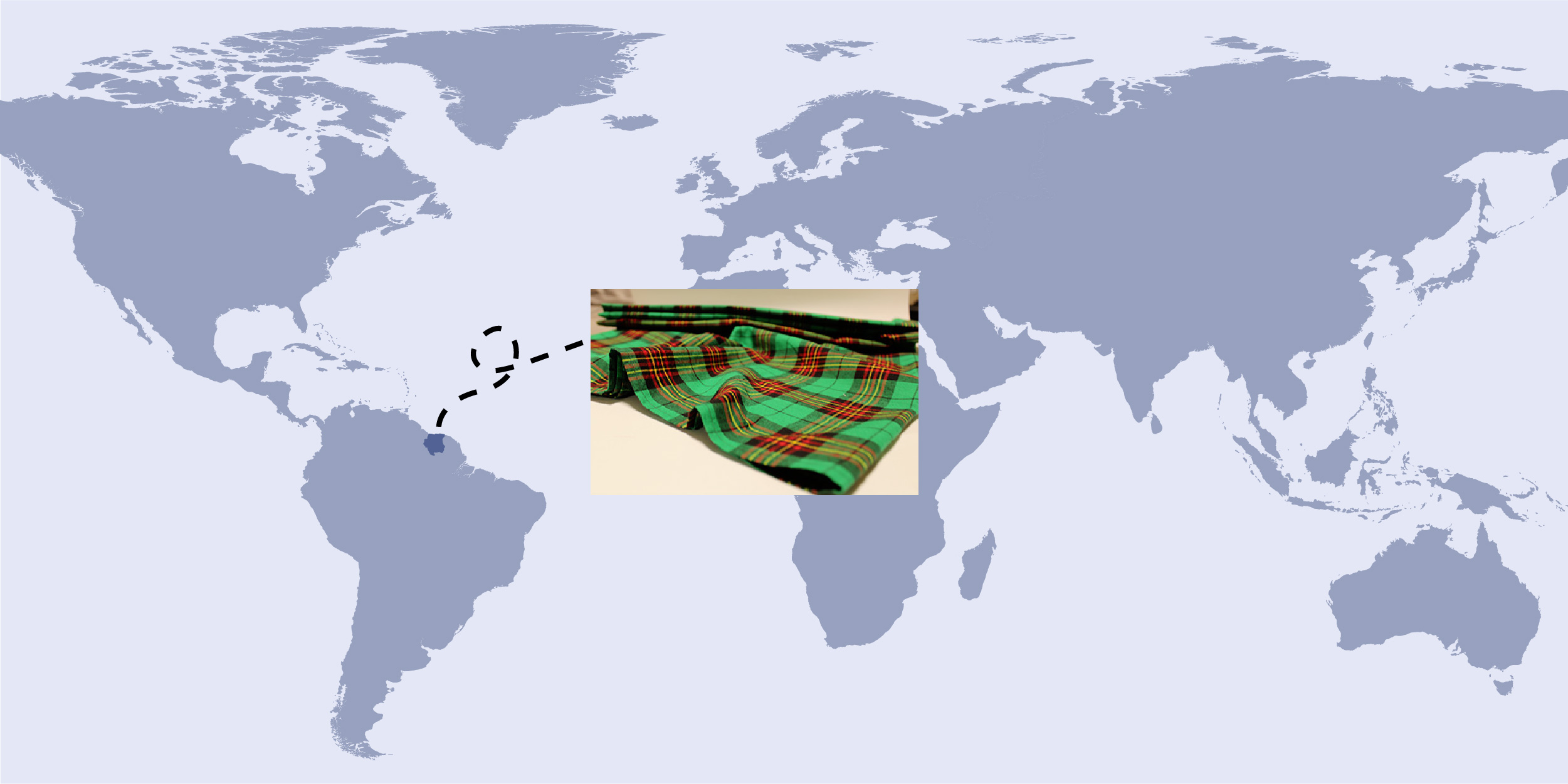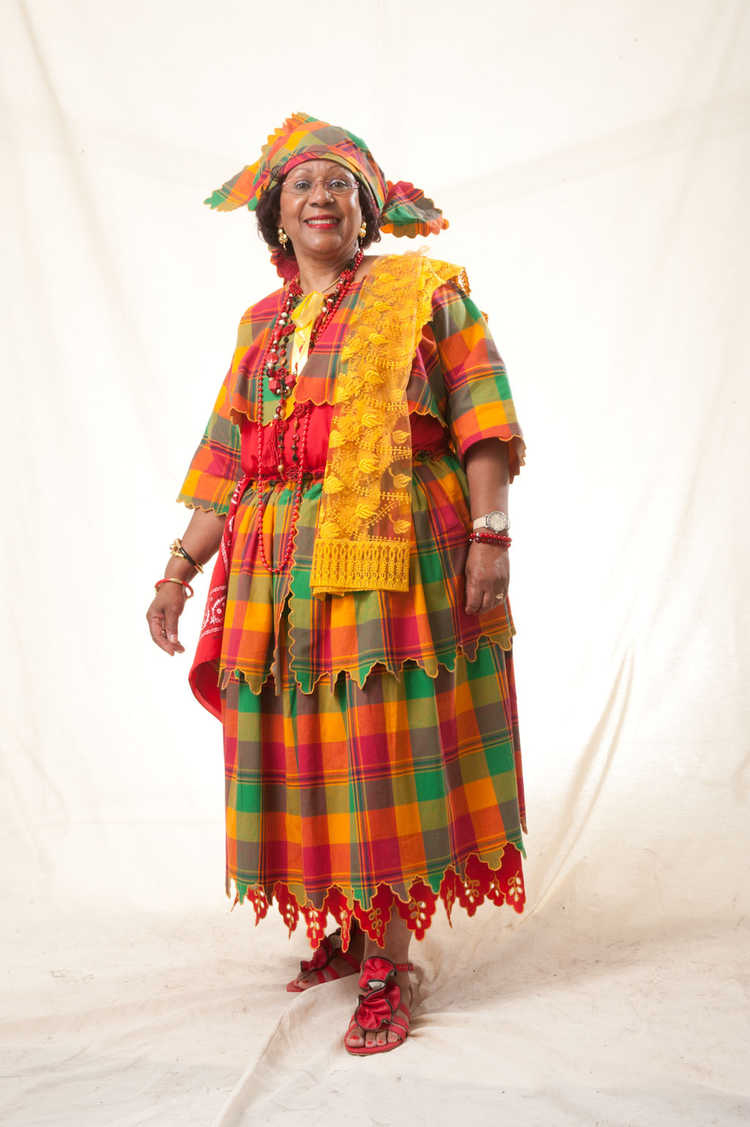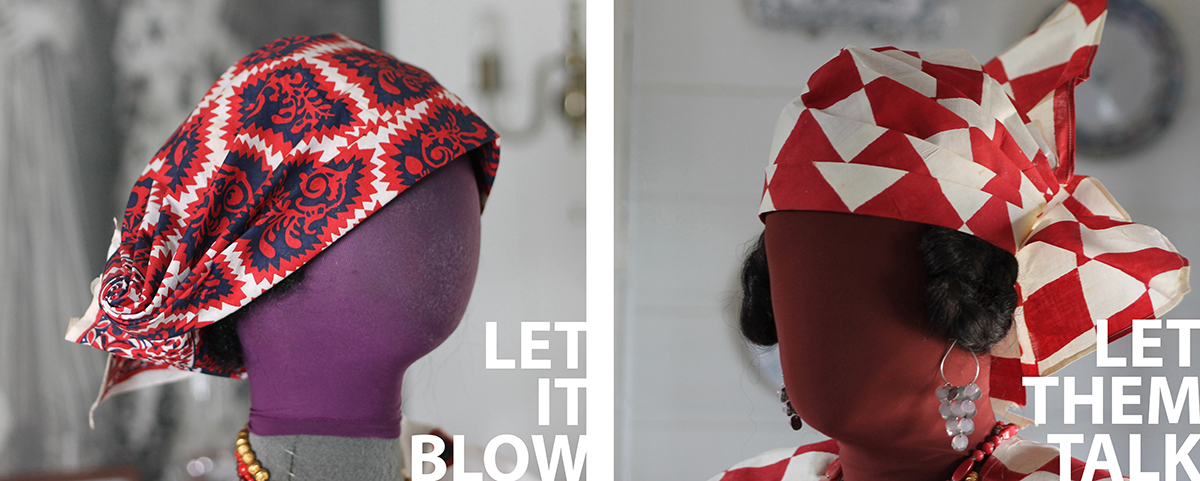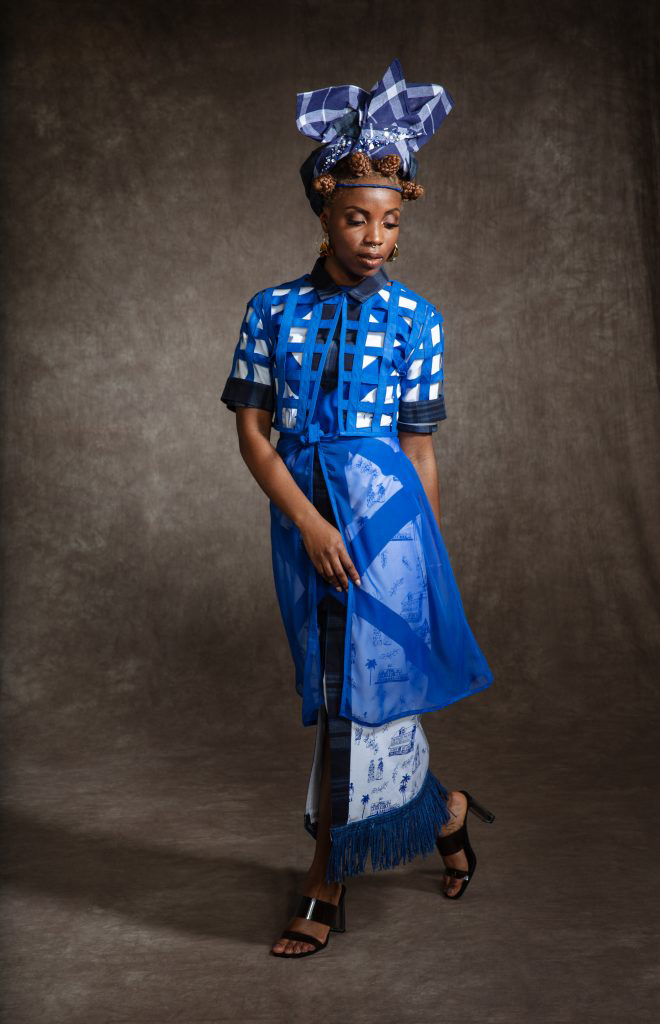Koto
ABOUT
Koto is a traditional dress from Suriname (South America) that was originally worn by Afro-Surinamese women before the emancipation during the Dutch colonial period (1863). The Koto was made during the slavery period and its purpose is unknown. Some people believe it was created to protect Afro-Surinamese woman against their masters’ sexual interest, but other theories suggest that in Suriname women were known to go topless, so the koto was designed to force slave women to cover up because of the jealousy of slave-owner mistresses. However, other sources stated that the koto was designed by Creole women as an expression of their freedom, independence, and to pride in being able to buy fabrics.
The koto is a multi-layer dress made of cotton. Mashed cassava and water was used as starch to shape the fabrics. This technique allowed them to dye it and stitch various layers together to avoid transparency. Koto consists of twelve pieces, basically a long skirt, a short blouse, and an intricately folded headscarf, undergarment, underskirt, bodice, shirt, colorful underskirt, embroidered underskirt, French queue, blouse, skirt, extra cloth of the koto pleaded on the waist, shoulder cloth, and headscarf called angisa.
The angisa was a powerful way of communication because depending on the fabric pattern, the way it was tied, and the shape it was folded into, the angisa sent a different hidden message. For example, “Let them talk,” “Hold your tongue,” “Wait for me at the corner,” or “I am a grown woman in my own house, I can do as I please.”
A social and cultural organization from Suriname called NAKS (Na Afrikan Kulturu fu Sranan) – or, in English, Our African Culture of Suriname – is working in cooperation with UNESCO (United Nations Educational, Scientific and Cultural Organization) in order to preserve Afro-Surinamese cultural heritage traditions, including the traditional koto dress and the angisa. Nowadays, koto is used for special occasions and holidays, and the premade angisa is available at markets.
—Label written by Claudia Gonzalez
Listen to Audio
Click on Image to View Gallery
ORIGIN
Suriname
APPROXIMATE DATE
Unknown. This dress came out way before emancipation during the Dutch colonial period in 1863.
MATERIALS
Cotton
COLLECTION OF
Eugene Mohammedhosein

Koto
Click on Image to View Gallery
ABOUT
Koto is a traditional dress from Suriname (South America) that was originally worn by Afro-Surinamese women before the emancipation during the Dutch colonial period (1863). The Koto was made during the slavery period and its purpose is unknown. Some people believe it was created to protect Afro-Surinamese woman against their masters’ sexual interest, but other theories suggest that in Suriname women were known to go topless, so the koto was designed to force slave women to cover up because of the jealousy of slave-owner mistresses. However, other sources stated that the koto was designed by Creole women as an expression of their freedom, independence, and to pride in being able to buy fabrics.
The koto is a multi-layer dress made of cotton. Mashed cassava and water was used as starch to shape the fabrics. This technique allowed them to dye it and stitch various layers together to avoid transparency. Koto consists of twelve pieces, basically a long skirt, a short blouse, and an intricately folded headscarf, undergarment, underskirt, bodice, shirt, colorful underskirt, embroidered underskirt, French queue, blouse, skirt, extra cloth of the koto pleaded on the waist, shoulder cloth, and headscarf called angisa.
The angisa was a powerful way of communication because depending on the fabric pattern, the way it was tied, and the shape it was folded into, the angisa sent a different hidden message. For example, “Let them talk,” “Hold your tongue,” “Wait for me at the corner,” or “I am a grown woman in my own house, I can do as I please.”
A social and cultural organization from Suriname called NAKS (Na Afrikan Kulturu fu Sranan) – or, in English, Our African Culture of Suriname – is working in cooperation with UNESCO (United Nations Educational, Scientific and Cultural Organization) in order to preserve Afro-Surinamese cultural heritage traditions, including the traditional koto dress and the angisa. Nowadays, koto is used for special occasions and holidays, and the premade angisa is available at markets.
—Label written by Claudia Gonzalez
ORIGIN
Suriname
APPROXIMATE DATE
Unknown. This dress came out way before emancipation during the Dutch colonial period in 1863.
MATERIALS
Cotton
COLLECTION OF
Eugene Mohammedhosein

Listen to Audio
OTHER OBJECTS FROM THE EXHIBITION











